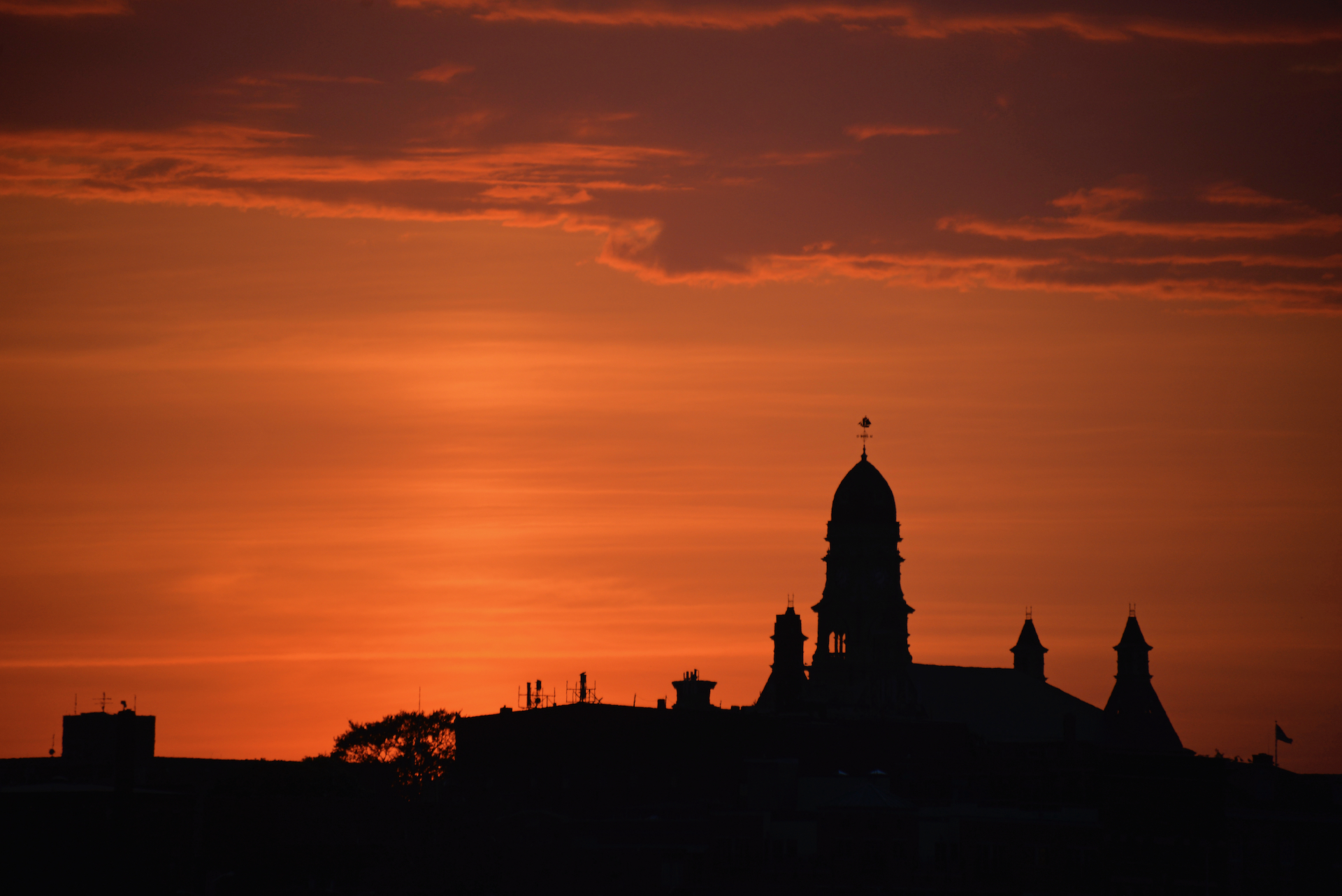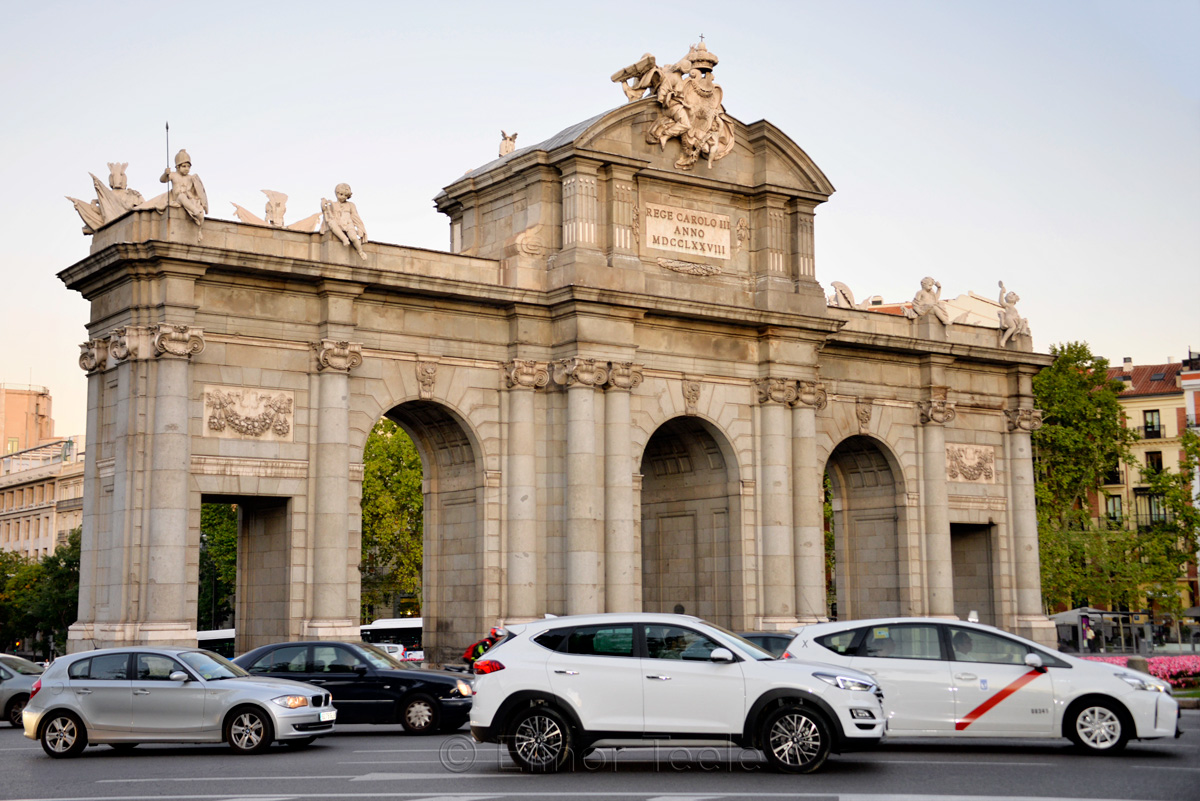Parisians and Berliners may recognize the form, but the Puerta de Alcalá in the Plaza de la Independencia pre-dates the Arc de Triomphe and the Brandenburg Gate by at least 10 years.
The gate was the pet project of Charles III (a.k.a. Carlos), my favorite Spanish king. His bulging nose and cheerful countenance masked a formidable will. Carlos was responsible for promoting science & art, liberalizing commerce, and hauling Spain into the 18th century.
His presence can be felt everywhere in Madrid. In his private rooms in the Palacio Real (which are part of the palace tour), in the fountains and grand boulevards near the Parque del Buen Retiro, in the Botanical Gardens, and in the vague whiffs that you get from the manholes.
Carlos installed a sewer network and instituted garbage collection services, forcing Madrileños to stop emptying their slops out the window. Apparently, when they protested at the changes, he replied in exasperation: “Mis vasallos son como los niños: lloran cuando se les lava.” (“My subjects are like children: they cry when they are washed.”)
Not all of reforms in the city were successful. His minister’s effort to change the dress of the Madrileños, doing away with long capes and broad-brimmed hats, resulted in the Esquilache Riots. But Carlos persisted in his march toward progress. By the time he died, he was known as El Rey Alcalde (“The Mayor King”).

